For the first time in Australia a unique collection of drawings entitled “The Poetry of Drawing Exhibition” is now on display at the Art Gallery of NSW.
Dating back to the mid-1800s, the drawings are remnants of the British group known as the Pre-Raphaelites. This young group of scholarly men, including Dante Gabriel Rossetti, John Everett Millais and William Holman Hunt, were united in their quest to break away from the high art conventions of their predecessors.
Art Gallery of NSW curator Peter Raissis explains: “These artists were like a reforming impetus on British painting. Dissatisfied with the training of the Royal Academy Schools, they challenged the accepted academic tradition of composing a painting based on High Renaissance formulae.”
Incorporating an array of literary, mediaeval, biblical and social themes, the exhibition is a smorgasbord of carefully planned compositions and realistic artworks. The exhibition provides an opportunity to venture inside the minds of the artists to explore the visionary scope and the creative processes which were integral to some of the movement’s most well-known pieces.
Examples include Millais’ Ophelia 1852 (Tate), the painting for which Elizabeth Siddal, Rossetti’s lover, famously posed lying in a bath of water. Another is a set of five preparatory drawings by Ford Madox Brown which led to his most ambitious work, Chaucer at the Court of Edward III 1847-51. Incidentally this painting is one of the very first works to be purchased in 1876 by the Art Gallery of New South Wales.
The true-to-life depictions in Pre-Raphaelite artwork show the social turbulence of the times, as the artists lived through the aftermath of large scale famine and industrial revolution. Several works explore the exploitation of women and lower class citizens, who held little or no social power at that time.
One drawing by Hunt depicts a downtrodden woman turning to prostitution to make ends meet. “The Long Engagement” by later follower Arthur Hughes shows the difficulties of maintaining interpersonal relationships between different social classes. The feeling and emotions portrayed are palpable.
In a famous passage written by Ruskin, the artist asks his followers to “go to nature in all singleness of heart… rejecting nothing, selecting nothing and scorning nothing; believing all things to be right and good, and rejoicing always in the truth.”
The close-knit brotherhood of the Pre-Raphaelites eventually disbanded but the intensity of their study and the moralistic values they upheld were not lost. As Raissis states, “They really primed the canvas on which other later movements (such as Symbolism and Aestheticism) were formed, and it is impossible to imagine these later movements without the Pre-Raphaelites.”
Furthermore the precision and intense accuracy detailed in their study of natural themes, which Ruskin perceived to be a flawless subject by which to ground themselves, demonstrated a potential for art and design to coexist.
In breaking with the conventions of high art, the Pre-Raphaelite brotherhood was “a fascinating period in British art … only receiving its due reappraisals in recent years,” says Raissis. “The Pre-Raphaelites were drawing differently, changing the way you look at and see the world.”
With over 140 pieces on display, the art works range from portraiture, book illustration, and caricature, to realised fabrics, ceramics and stained glass window objects.
Free guided tours are scheduled everyday at 1pm and after hours every Wednesday at 7:15pm until the 4th September 2011. Entry fees: $10.00 adults, $8.00 member/concession, $28.00 family (two adults and up to three children).
For more information on free artist demonstrations, lectures and forums please visit artgallery.nsw.gov.au/exhibitions/poetry-drawing/.
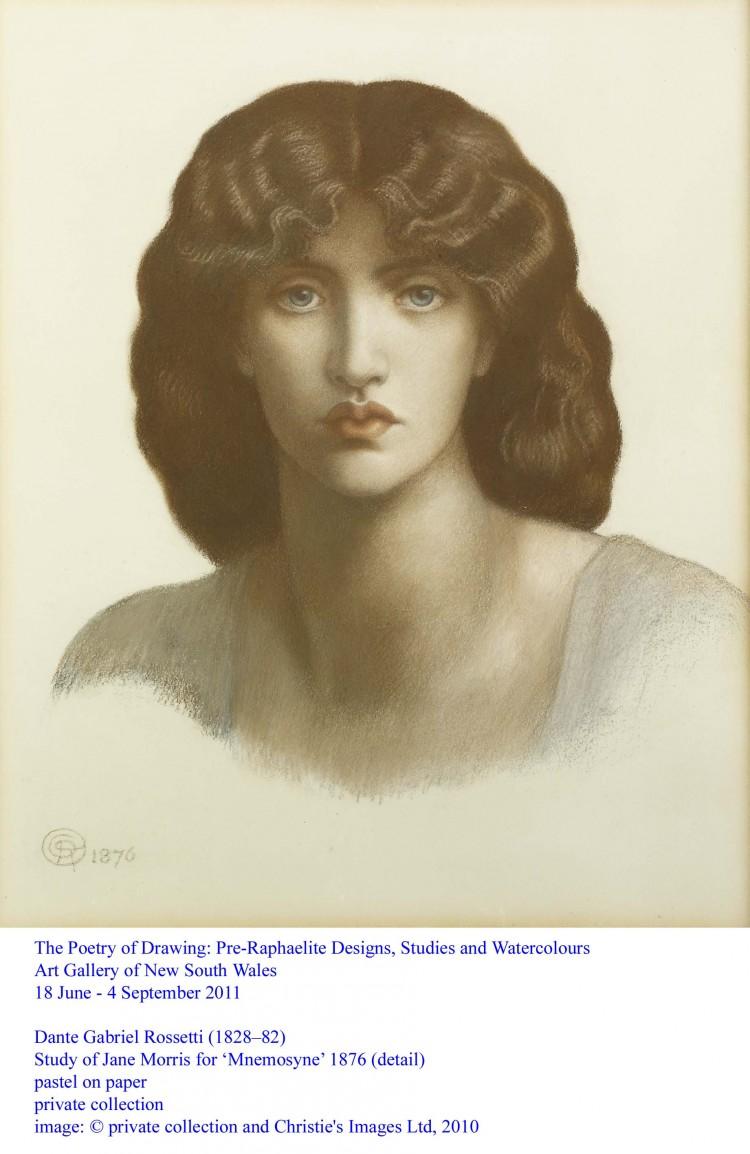
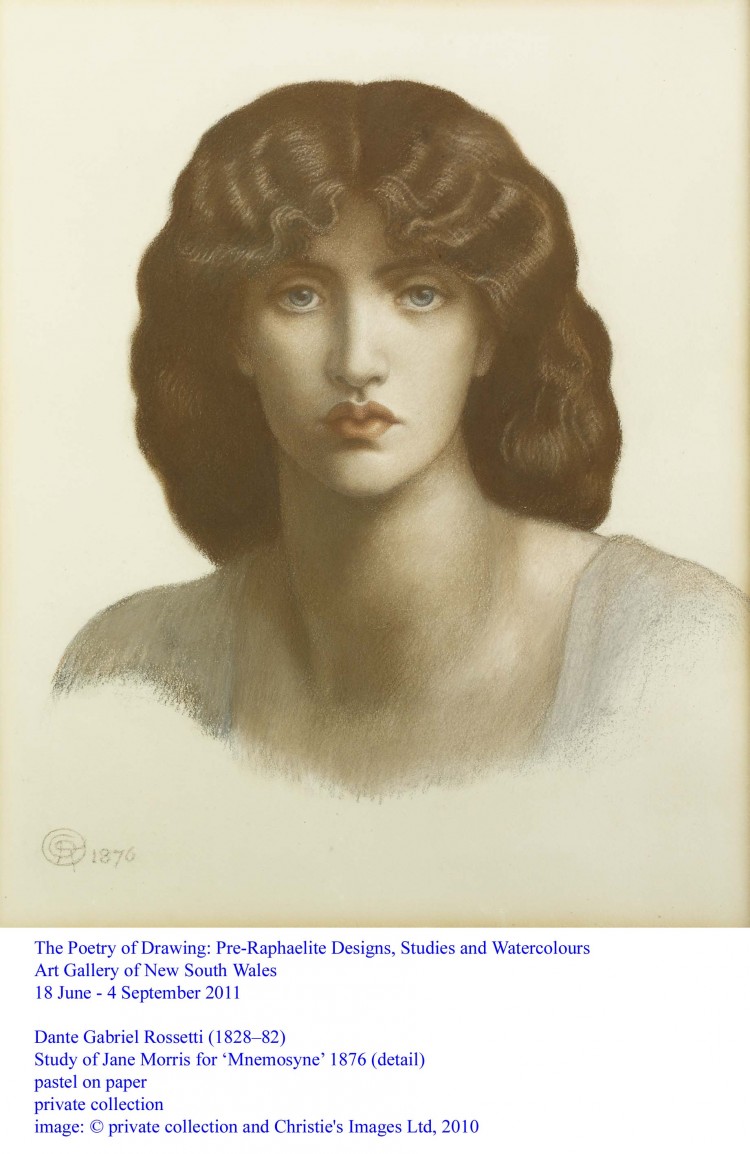
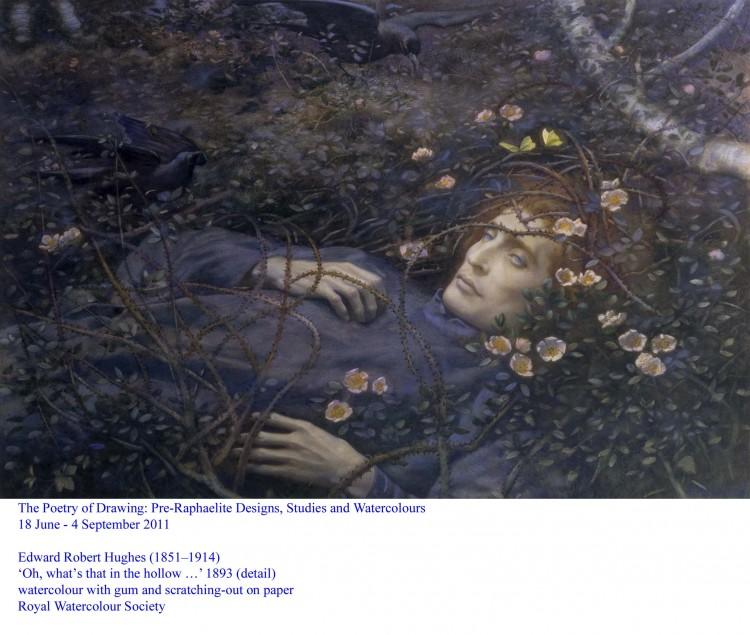
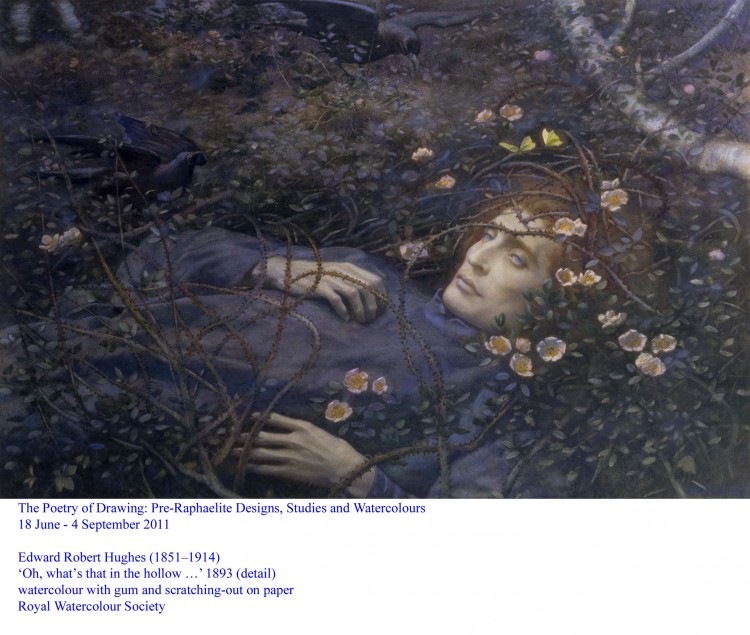

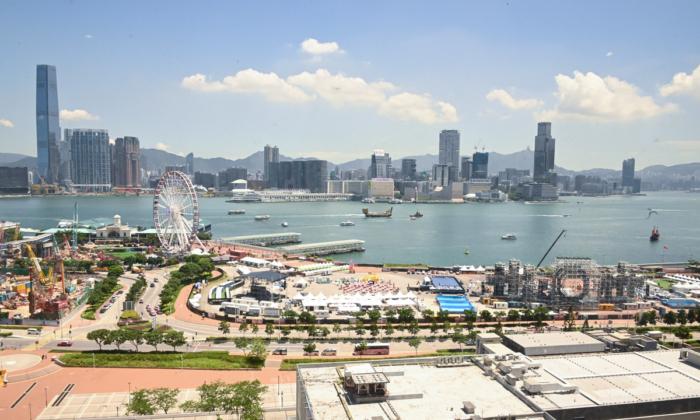
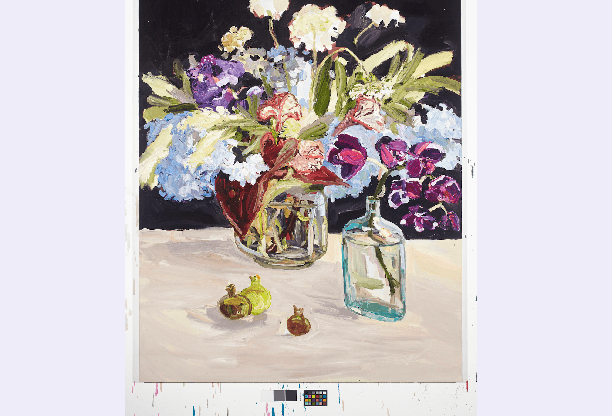
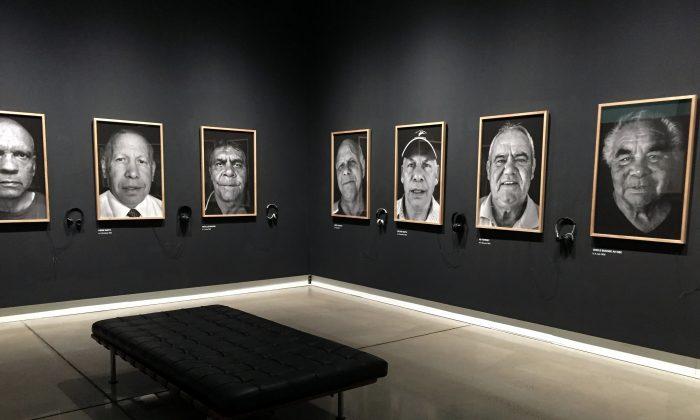
Friends Read Free